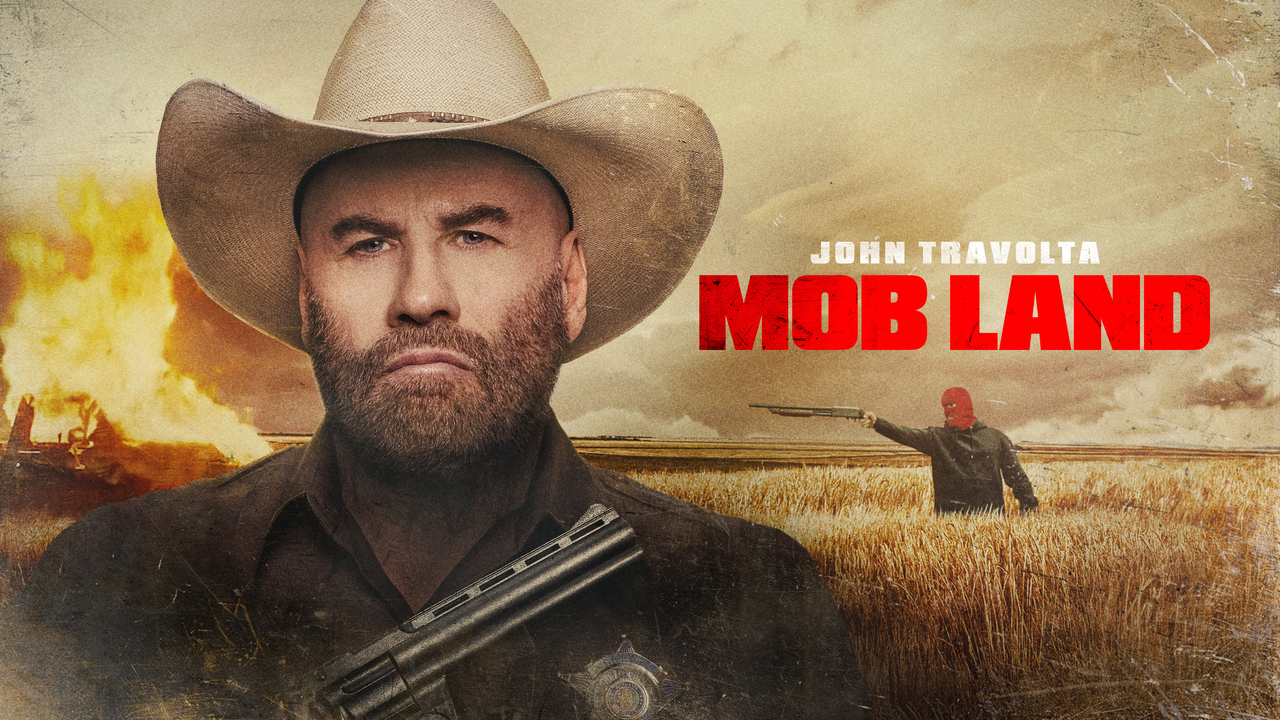New Nightmares: When Horror Becomes Reality
Wes Craven’s New Nightmare (1994) is a bold and innovative entry in the Nightmare on Elm Street franchise that redefined what a horror sequel could be. Written and directed by Wes Craven himself, the film abandons the standard slasher formula and instead explores the boundary between fiction and reality. In doing so, it becomes one of the most self-aware and psychologically rich horror films of its time.
Unlike previous entries, New Nightmare is not set in the fictional town of Springwood, nor does it follow the canonical storyline of Freddy Krueger’s revenge against the children of his killers. Instead, it takes place in the real world, where actress Heather Langenkamp—who played Nancy Thompson in the original film—begins experiencing terrifying events that mirror the movies she once starred in. Heather plays herself, as do Wes Craven, Robert Englund (Freddy), and other real-life figures involved in the original film’s production.

The plot centers on Heather’s growing fear that Freddy Krueger is trying to break into the real world. Her young son, Dylan, begins to exhibit strange and disturbing behavior, and dreams start to blend with reality in ways that echo the earlier films. As Heather investigates, she learns that Freddy is no longer just a character in a movie—he is an ancient evil entity that has taken on Freddy’s form to infiltrate our world through the cultural mythos created by the Nightmare films.
Craven’s use of metafiction is what truly sets New Nightmare apart. By blurring the lines between actor and character, film and reality, he challenges the audience to consider the power of storytelling—and the consequences of the stories we tell. Freddy becomes more than a slasher icon; he transforms into a symbolic force of chaos and fear, made real by the popularity of the franchise itself.
Robert Englund delivers a chilling dual performance, portraying both himself and a darker, more demonic version of Freddy. This reimagined Freddy sheds much of the campy humor that had come to define the character in later sequels, returning to the more menacing tone of the original. Heather Langenkamp, meanwhile, offers a grounded and emotionally intense performance as a mother fighting to protect her child from an evil no one believes is real.

Visually, the film is filled with eerie imagery—giant Freddy claws tearing through reality, dreamlike set pieces, and unsettling child hallucinations. The production design and score work together to create a pervasive sense of dread, even when the horror is psychological rather than visceral.
Critically, Wes Craven’s New Nightmare was praised for its intelligence and originality, even if it divided fans expecting a more conventional Freddy flick. In hindsight, the film is often seen as a precursor to Scream (1996), where Craven again played with genre conventions and self-awareness to great success.
In sum, New Nightmare is not just a sequel—it’s a commentary on horror itself. Bold, cerebral, and genuinely disturbing, it stands as one of the most inventive films in the genre and a fitting evolution of Freddy Krueger's legacy.


